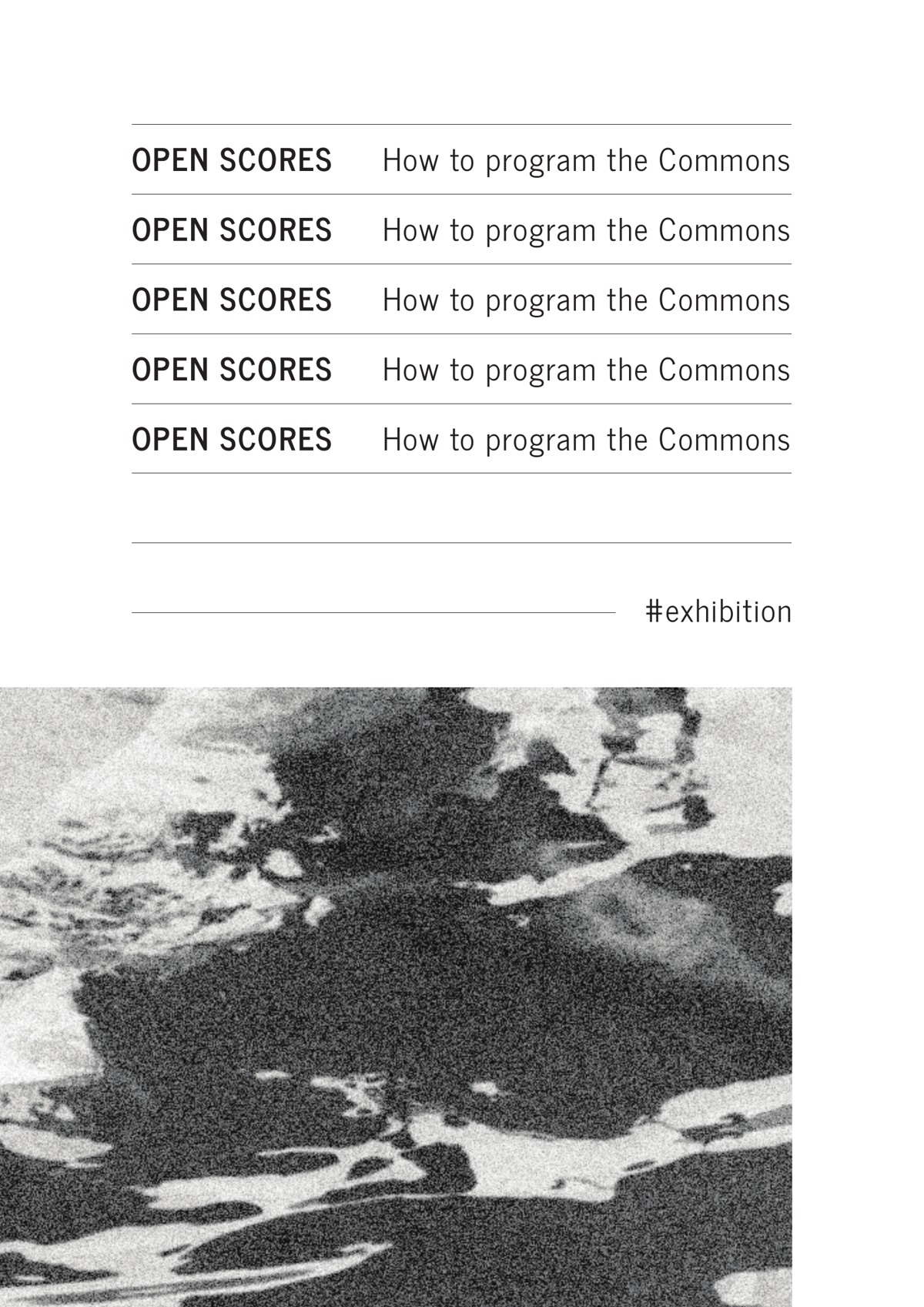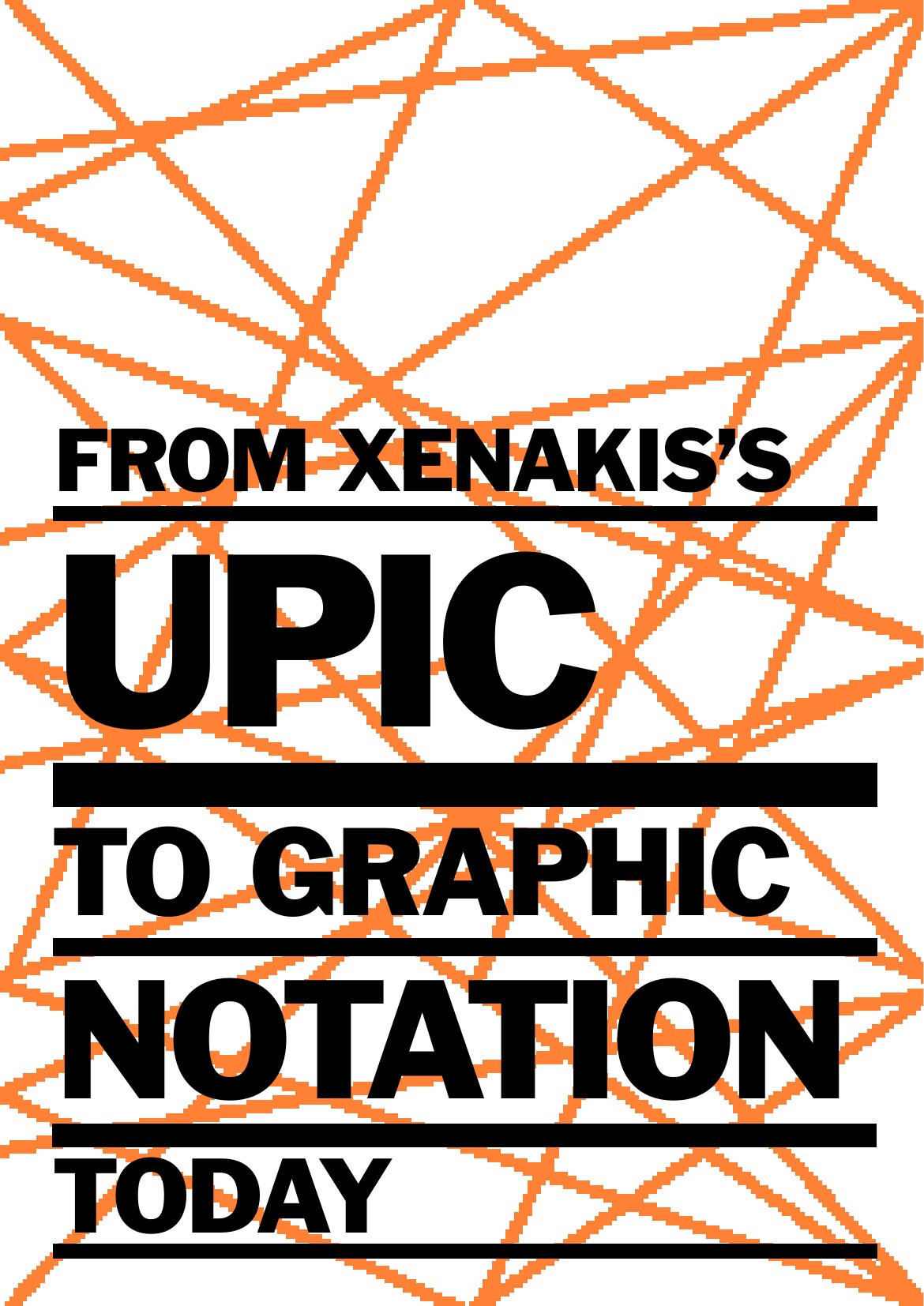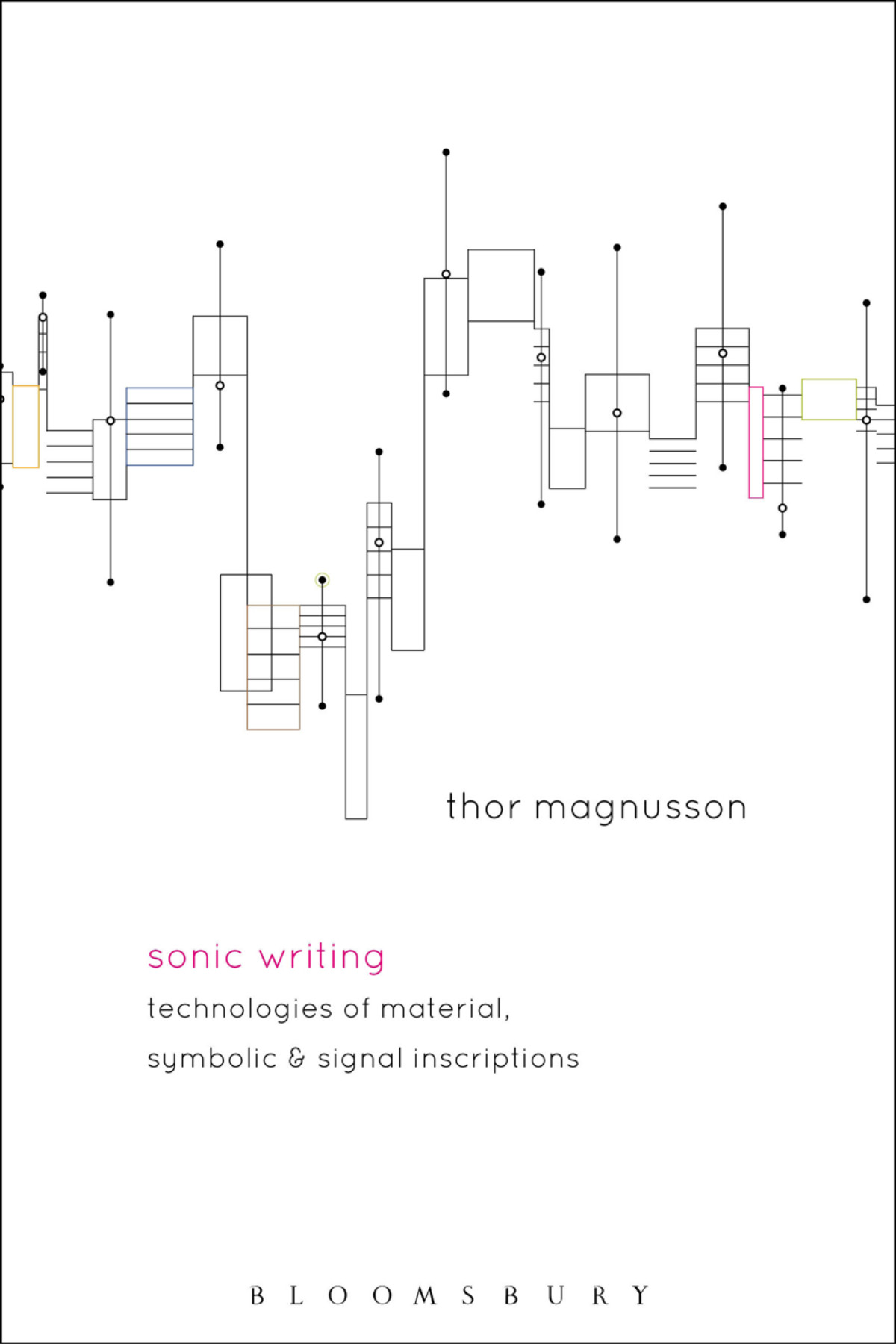Open Scores: How to Program the Commons (2020)
Filed under catalogue | Tags: · archive, collaboration, commons, digital culture, digital library, education, feminism, hacking, knowledge, notation, postdigital, privacy, shadow library

“The exhibition OPEN SCORES brought together a series of practices through which artists articulate their specific forms of digital commons. From online archives, to digital tools/infrastructure and educational formats, the projects envision a (post-)digital culture in which notions of collaboration, free access to knowledge, sustainable use of shared resources and data privacy are central. For the exhibition, each of the projects created a unique score to present their practice.”
Participants: Dušan Barok (monoskop.org), Marcell Mars & Tomislav Medak (memoryoftheworld.org), Sebastian Lütgert & Jan Gerber (0xdb.org), Kenneth Goldsmith (ubu.com), Sean Dockray (AAAAARG), Zeljko Blace (#QUEERingNETWORKing), Ruth Catlow & Marc Garrett (furtherfield.org), Laurence Rassel (erg.be), Marek Tuszynski (Tactical Tech), Michael Murtaugh, Femke Snelting & Peter Westenberg (Constant), Stefanie Wuschitz (Mz* Baltazar’s Lab), Panayotis Antoniadis (nethood.org), Alessandro Ludovico (neural.it), Eva Weinmayr (andpublishing.org), spideralex, Sakrowski (curatingyoutube.net), Creating Commons.
Curated by Creating Commons (Shusha Niederberger, Cornelia Sollfrank, Felix Stalder).
Publisher Creating Commons, Jun 2020
Creative Commons BY-SA 4.0 International License
[40] pages
Project website
Exhibition
Publisher
PDF (40 MB)
See also Aesthetics of the Commons (2021).
Comment (0)From Xenakis’s UPIC to Graphic Notation Today (2020)
Filed under book | Tags: · composing, composition, computer music, graphic notation, music, music history, notation, software

“In the late 1970s, an interdisciplinary team led by the composer Iannis Xenakis developed the UPIC (Unité Polyagogique Informatique CEMAMu) out of an effort to transform drawings into synthesized sound. The composers can draw waveforms and envelopes straight onto an electronic tablet interface and translate them into sound through the computer. The revolution in graphic composition triggered by Iannis Xenakis and carried forward by other established computer musicians such as Jean-Claude Risset or Curtis Roads continues forty years later in modern computer programs.”
“Together with the Centre Iannis Xenakis, the ZKM is now addressing the genesis of this unique computational instrument and traces its technical, social, institutional, and educational significance up to the current practice of contemporary composers.”
Contributors: Richard Barrett, Rodolphe Bourotte, Pierre Couprie, Cyrille Delhaye, Alain Després, Julio Estrada, Kiyoshi Furukawa, Rudolf Frisius, Hughes Genevois, Kosmas Giannoutakis, Dimitris Kamarotos, Henning Lohner, François-Bernard Mâche, Guy Médigue, Chikashi Miyama, Lukas Nowok, Gerard Pape, Marcin Pietruszewski, Brigitte Robindoré, Julia Rommel, Julian Scordato, Takehito Shimazu, Victoria Simon, Andrey Smirnov, Ronald Squibbs, Katerina Tsioukra, Peter Weibel.
Edited by Peter Weibel, Ludger Brümmer and Sharon Kanach
Publisher Hatje Cantz, Berlin, and ZKM, Karlsruhe, 2020
Open access
ISBN 9783775747417, 3775747419
672 pages
PDF, PDF (12 MB)
Audio samples and additional archive material
Thor Magnusson: Sonic Writing: Technologies of Material, Symbolic, and Signal Inscriptions (2019)
Filed under book | Tags: · artificial intelligence, computer music, machine learning, media, media technology, media theory, music, musical instruments, notation, phonograph, sound, sound recording, writing

“Sonic Writing explores how contemporary music technologies trace their ancestry to previous forms of instruments and media. Studying the domains of instrument design, musical notation, and sound recording under the rubrics of material, symbolic, and signal inscriptions of sound, the book describes how these historical techniques of sonic writing are implemented in new digital music technologies. With a scope ranging from ancient Greek music theory, medieval notation, early modern scientific instrumentation to contemporary multimedia and artificial intelligence, it provides a theoretical grounding for further study and development of technologies of musical expression. The book draws a bespoke affinity and similarity between current musical practices and those from before the advent of notation and recording, stressing the importance of instrument design in the study of new music and projecting how new computational technologies, including machine learning, will transform our musical practices.
Sonic Writing offers a richly illustrated study of contemporary musical media, where interactivity, artificial intelligence, and networked devices disclose new possibilities for musical expression. Thor Magnusson provides a conceptual framework for the creation and analysis of this new musical work, arguing that contemporary sonic writing becomes a new form of material and symbolic design–one that is bound to be ephemeral, a system of fluid objects where technologies are continually redesigned in a fast cycle of innovation.”
Publisher Bloomsbury Academic, New York & London, 2019
ISBN 9781501313851, 1501313851
xiv+290 pages
Reviews: Gregory Taylor (Cycling ’74, 2019), Diana Chester (Interference, 2019).
Author’s research blog
Publisher
WorldCat

